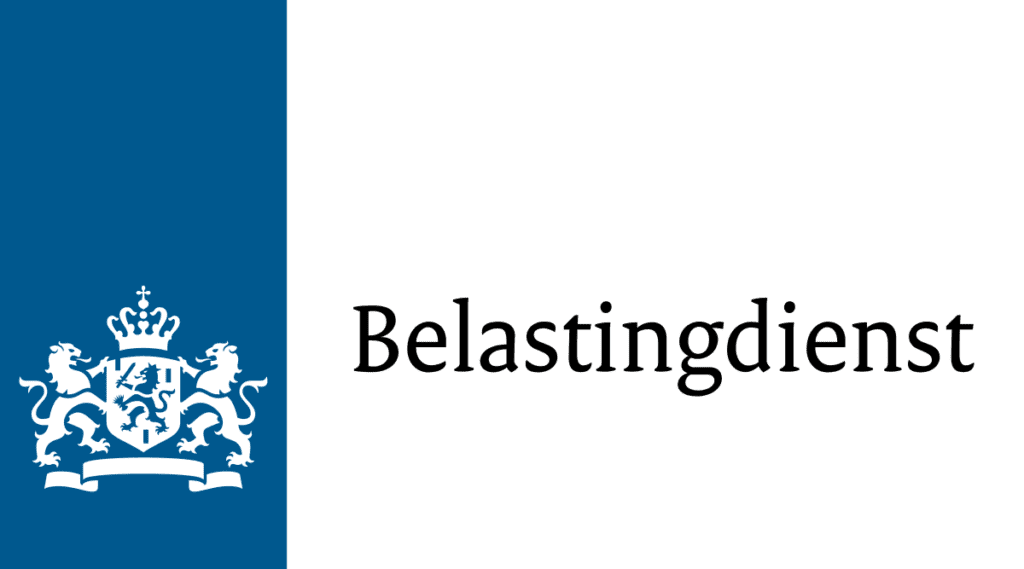
“We are delivering faster and more predictably than in the past, which has changed many minds and driven a shift in long-ingrained ways of working.”
—Mark Braam, IT Manager/RTE, Interaction Services at DTCA
Challenge:
DTCA sought to improve its speed and predictability in bringing new technology to the organization and citizens.
Industry:
Government
Results:
- Major releases 3X more often
- 80% reduction in technical debt
- Half of managers moved into other roles
- Greater engagement and collaboration across all levels
Best Practices:
- Go ‘by the book’ – Follow SAFe training and ceremonies closely for the best results.
- Anticipate organizational change – SAFe facilitated a cultural and organizational shift at DTCA.
- Give teams freedom – Trust teams and give them space to do their jobs.
- Shift to product thinking – Product vs. project thinking provides continuity and life cycle management and a more long-term outlook, plus brings more attention to improvement, maintainability, lifecycle management, and cost of ownership.
Introduction
With 26,000 employees, the Dutch Tax and Customs Administration (DTCA) is one of the largest government agencies in the Netherlands, and is responsible for collecting taxes and customs, and extending tax credits and benefits to Dutch residents.

DTCA relies on technology to sharpen productivity and simplify online tax and customs procedures. Yet in this process-oriented and risk-averse culture, technology evolves slowly. Initiatives have typically begun with piles of paperwork and then have taken months or years to reach completion, often to suffer from frustrating quality issues.
To address its ongoing challenges, DTCA began moving toward a Lean approach and also started applying Scrum practices. These first steps toward an Agile way of working did help but were not enough to achieve goals such as improving delivery times and elevating quality.
SAFe: A Path to Delivering Value
In the Scaled Agile Framework® (SAFe®), DTCA found a method for achieving agility at scale—and long-sought results.
“To deliver more value, we knew that projects and teams needed to be aligned more effectively, and we believed the shift to SAFe would help us get there,” explained Mark Braam, IT Manager/RTE, Interaction Services at DTCA.
The Tax Allowances division, which handles tax credits and benefits for health care, rent, and childcare, began first. Per the SAFe Implementation Roadmap, they provided role-based training to virtually all Agile Release Train (ART) members, relying on an independent Certified SAFe Program Consultant (SPC) for training and coaching.
Early on, managers and team members sceptically viewed the effort and the time they would need to dedicate to training and planning events. Ultimately, they had to trust that pulling 140 people into an event for two days every 12 weeks would pay off in the end—and it did. The first ART began delivering business value during the first PI.
“Before SAFe, we released our software twice a year, with all the fixed requirements and the changes on these requirements during the development phase,” recalled Ramzi Barkoudah, Release Train Engineer (RTE) of the Tax Allowances ART. “But now we are releasing every four weeks. Seeing those benefits helped gain the support of the business and the leadership of the company.”
As one example, every year, tax allowances, which have been granted in advance, are calculated and extended based upon the determined annual income of each citizen. This massive process involves allowances for millions of citizens. In the past, DTCA could implement changes in this process only once or twice a year. With a major investment in the delivery pipeline and improving the delivery process by implementing SAFe, the organization now makes changes to the process in small batches, releasing changes every four weeks.
Progress in the Tax Allowances ART inspired the Interaction Services division to make the leap as well. Going ‘by the book,’ they asked everyone joining the first ART to go through role-based training, approximately 140 people.
When it was time for the first Program Increment (PI) Planning event, team members arrived excited and optimistic. They quickly saw the impact the Framework brought as the number of risks on the Program Board grew to 100. Identifying those risks allowed teams to resolve them together, one by one, and to categorize each before moving on to set PI objectives.
IT/Business Collaboration = More On-Target Products
In a culture of such ingrained practices, DTCA has had to educate team members and Product Owners continuously on the value of spending time in PI Planning, and to prove that SAFe delivers better results than traditional project management.
Siebren Biesma, Process Director for Supervision in Interaction Services, has spent nearly 35 years at DTCA. With SAFe, he has seen new ways of working replace long-held practices.
Before, Biesma’s team would spend months writing plans for projects with occasional interaction with him. Then, IT teams would go away to work on the project—often for at least a year.
Today, Biesma remains engaged from the start. “With SAFe, as a Business Owner, I’m always participating,” he explained. “The RTE asks a number of questions and I need to explain loudly and clearly what I want. It forces me to be prepared and prioritize what’s most important.”
Biesma stresses that relentless involvement, from PI to PI, not only creates a more on-target product, but builds in flexibility to make adjustments along the way. Product Ownership continuously informs the development process—ensuring that the final product meets their needs and that funds are allocated in the right areas. While budgeting itself hasn’t changed, transparency regarding the budget has.

“In PI planning events, I get a better understanding how much we’re spending and if it’s on the right things,” Biesma added.
Biesma and fellow decades-long colleagues have noticed a significant cultural shift; they clearly know who is doing what, and collaborate and discuss more than before. Such collaboration has led to tighter alignment between the business and IT, which Willy Rovers, Managing Director of IT, says is one of the biggest benefits of SAFe use in government organisations.
“To maintain optimal alignment with societal and market changes, the Dutch Tax and Customs Administration’s processes must be continuously and short-cyclically adjusted,” Rovers said. “Business and IT use SAFe to be able to realize and implement the required IT facilities quickly and predictably.”
Braam gives credit to the teams for self-organizing, increasing their engagement. Train leaders asked 100 people to assign themselves to one of the teams, with each team comprising seven to nine people. They provided guidelines around the composition of each team, such as the ratio of junior to senior people.
“We stepped aside and let people self-organize instead of management telling them where to go,” Braam said. “After a week, we only had to ask about 10 people to move to other teams. It was quite a victory for us.”
Technical Debt Down 80 Percent
DTCA continues to run two large ARTs (125+), with four Value Streams (one in Tax Allowances and three in Interaction Services). In fact, DTCA follows a hybrid way of working where every department can choose either SAFe or a more ‘traditional’ project management-oriented way of working, depending on what fits best. The organization has driven notable results across the two ARTs and within a few smaller ARTs:
- More frequent releases – Major releases come out 3X more often, from 4 to 12 in a year.
- Improved software quality/technical debt – DTCA improved quality by reducing the number of ‘problems’ by 80 percent, and security issues by 87 percent (Interaction Services).
- Less management overhead – The number of people with the word ‘manager’ in their titles dropped in half. These individuals moved into other roles.
- Increased engagement – People are more engaged, connected with each other, and willing to help others.
“We are delivering faster and more predictably than in the past, which has changed many minds and driven a culture shift in long-ingrained ways of working,” Braam said. “And we expect even more progress as we move ahead on current objectives such as continuous deployment and release on demand.”
Training At-a-Glance
The organization trained more than 250 people across multiple SAFe courses:
Share:
Back to: All Case Studies
Suggested Case Study: Westpac